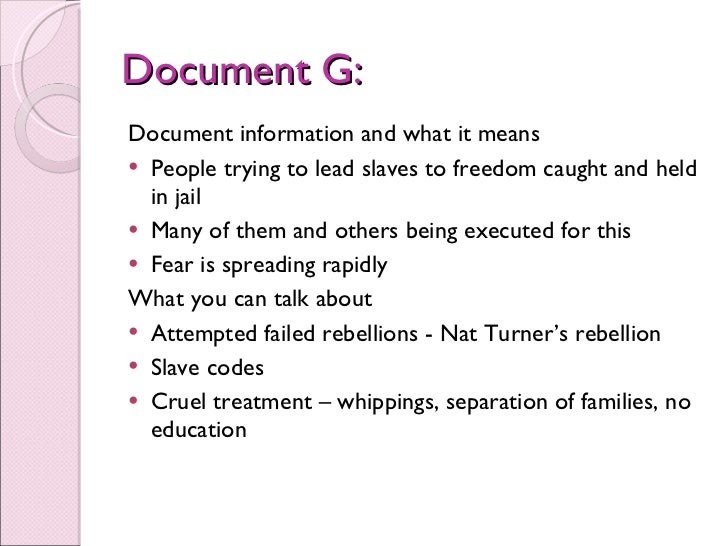• DBQ • Period 3 Unit Test (retest by Nov. 3) In order to qualify for the curve on the test, students must complete the Test Review found in their BOK. This must be entirely completed prior to the test. • All major and minor grades are timed based on the timing of the AP US History exam PERIOD 3 DBQ PRACTICE NAME: PERIOD: DATE: Document-Based Question Suggested reading and writing time: 1 hour It is suggested that you spend 15 minutes reading the documents and 45 minutes writing your response. Note: You may begin writing your response before the reading period is over 6/4/ · You'll need this document to work with this video: blogger.com?id=12fSTrU2UBmAXHQlyZBQ5azXVbQ6ACPTTIf you're not my student, your mileage m
Period 3 DBQ – Sauers APUSH
be historical. Chapter 1 - Before History Chapter 2 - Mesopotamia. Chapter 7 - Ancient Persia Chapter period 3 dbq - Unification of China Chapter 9 - Indian Empires Chapter 10 - Ancient Greece Chapter 11 - Ancient Rome Chapter 12 - Silk Road Exchanges. Chapter 13 - Sui, Tang, and Song Chapter 14 - Islam Chapter 15 - Indian Ocean Trade Chapter 16 - Christianity and Feudalism Chapter 17 - The Mongols Chapter 18 - Sub-Saharan Africa Chapter 19 - Influence of Europe Chapter 20 - Aztecs and Incas.
Chapter 21 - Cross-Cultural Period 3 dbq Chapter 22 - Age of Exploration Chapter 23 - Transformation of Europe Chapter 24 - The Americas Chapter 25 - The African Slave Trade Chapter 26 - China and Japan Chapter 27 - Islamic Empires. Chapter 33 - The Great War Chapter 34 - Age of Anxiety Chapter 35 - Asia, period 3 dbq, Africa, and Latin America Chapter 36 - WWII and the Cold War Chapter 37 - The End of Empire Chapter 38 - A World without Borders.
Unit 3 - Land-Based Empires Unit 4 - Transoceanic Interconnections. Unit 5 - Revolutions Unit 6 - Consequences of Industrialization. Unit 7 - Global Conflict Unit 8 - Cold War and Decolonization Unit 9 - Globalization. THE POST-CLASSICAL ERA: TO C. Period 3: Regional and Transregional Interactions C. to Key Concept 3. The results were unprecedented concentrations of wealth and the intensification of cross-cultural exchanges.
Innovations in transportation, state policies, and mercantile practices contributed to the expansion and development of commercial networks, period 3 dbq, which in turn served as conduits for cultural, period 3 dbq, and biological diffusion within and between various societies.
Pastoral or nomadic groups played a key role in creating and sustaining these networks. Expanding networks fostered greater interregional borrowing, while at the same time sustaining regional diversity. The prophet Muhammad promoted Islam, period 3 dbq new major monotheistic religion at period 3 dbq start of this period.
It spread quickly through practices of trade, warfare, and diffusion characteristic of this period. Key Concept 3. In Afro-Eurasia, some states attempted, with differing degrees of success, to preserve or revive imperial structures, while smaller, less centralized states continued to develop. The expansion of Islam introduced a new concept — the Caliphate — to Afro-Eurasian statecraft.
Pastoral period 3 dbq in Eurasia built powerful and distinctive empires that integrated people and institutions from both the pastoral and agrarian worlds. In the Americas, powerful states developed in both Mesoamerica and the Andean region.
Productivity rose in both agriculture and industry, period 3 dbq. Rising productivity supported population growth and urbanization but also strained environmental resources and at times caused dramatic demographic swings. Shifts in production and the increased volume of trade also stimulated new labor practices, period 3 dbq, including adaptation of existing patterns of free and coerced labor.
Social and gender structures evolved in response to these changes. Powered by Create your own unique website with customizable templates. Get Started.
Review Period 3 DBQ
, time: 15:25
• DBQ • Period 3 Unit Test (retest by Nov. 3) In order to qualify for the curve on the test, students must complete the Test Review found in their BOK. This must be entirely completed prior to the test. • All major and minor grades are timed based on the timing of the AP US History exam 6/4/ · You'll need this document to work with this video: blogger.com?id=12fSTrU2UBmAXHQlyZBQ5azXVbQ6ACPTTIf you're not my student, your mileage m Period 3: Regional and Transregional Interactions. C.E. to Key Concept Expansion and Intensification of Communication and Exchange Networks. Although Afro-Eurasia and the Americas remained separate from one another, this era witnessed a deepening and widening of old and new networks of human interaction within and across regions

No comments:
Post a Comment